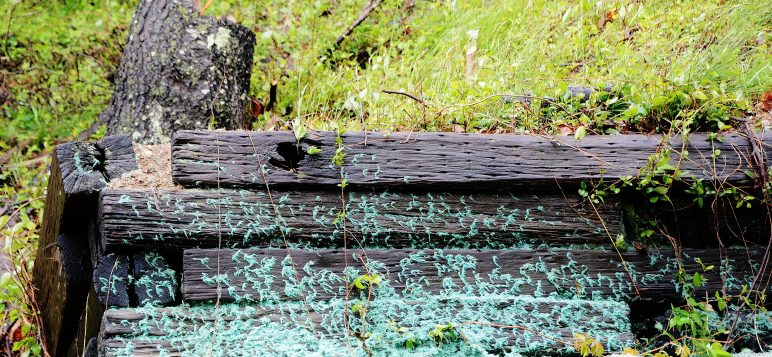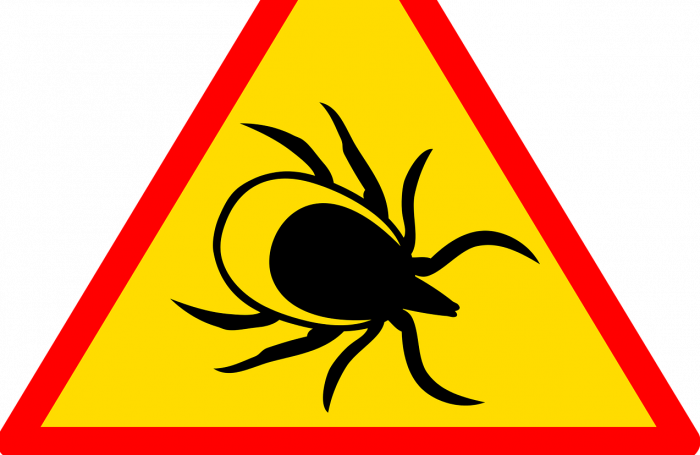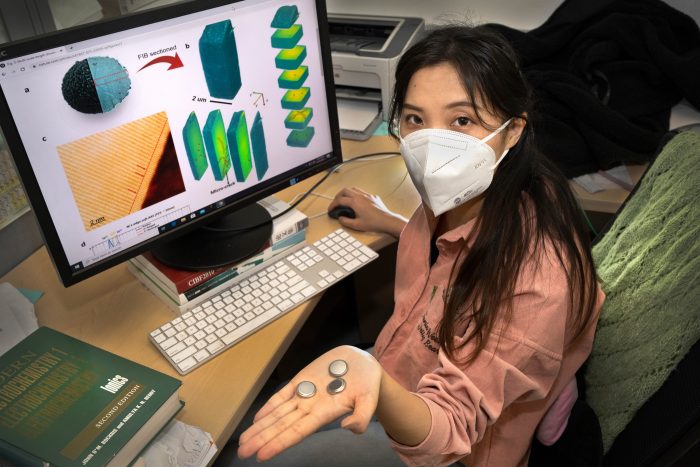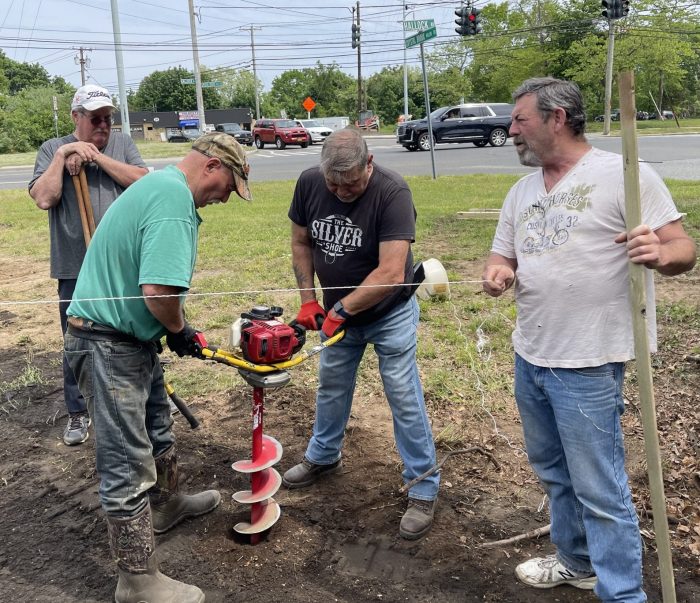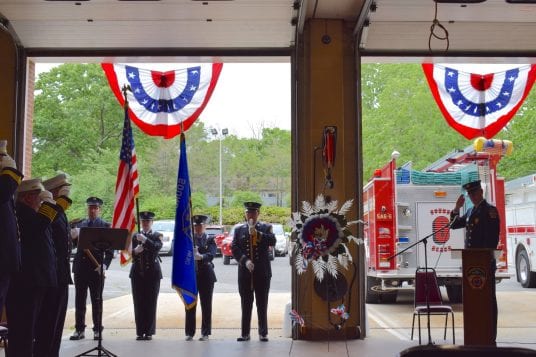By Kimberly Brown
Whether it is nurses taking care of COVID-19 patients, or Stop & Shop supermarket employees providing food for their community, the Rocky Point Sound Beach Chamber of Commerce felt it was only appropriate to gather residents to salute frontline heroes and essential workers last Saturday.
“To all of our essential workers, and to all who have helped our community in the midst of this difficult time, thank you, thank you, thank you,” said Gary Pollakusky, president of RPSB chamber. “You’ve helped keep things together, and now life is returning back to normal.”
A leader in the pandemic has been Stony Brook University Hospital. The doctors, nurses and physicians have spent countless hours volunteering their time, playing a pivotal role to help stop the spread.
Carol Gomes, chief executive officer and chief operating officer at SBU Hospital, credits her team as the overall backbone in response to COVID-19 in Suffolk County — which has had the lowest mortality rate across the downstate region.
“We have weathered an incredibly difficult storm, but our health care heroes rose to the occasion, not once, but twice during surges and continue to do so every day as the pandemic still does continue,” Gomes said.
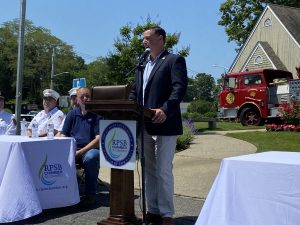
According to the hospital, since the beginning of the COVID-19 pandemic, approximately 200,000 Suffolk County residents have tested positive for coronavirus and more than 3,000 have lost their lives.
“We grieve with the families that have experienced loss but, as more people become fully vaccinated, we remain hopeful for brighter tomorrows,” she added.
State Sen. Anthony Palumbo (R-New Suffolk) also made an appearance at the event to express his gratitude toward the frontline heroes and essential workers.
According to Palumbo, during the pandemic, government officials were able to continue working using Zoom. However, firefighters and police officers did not have that same option, making them true frontline heroes.
“You had to suit up and go into the belly of the beast, so when we use the phrase ‘frontlines,’ a military phrase, you were all absolutely the tip of the spear,” he said.
The ceremony concluded with a car caravan past the honorees through Rocky Point to Rocky Point Funeral Home.


